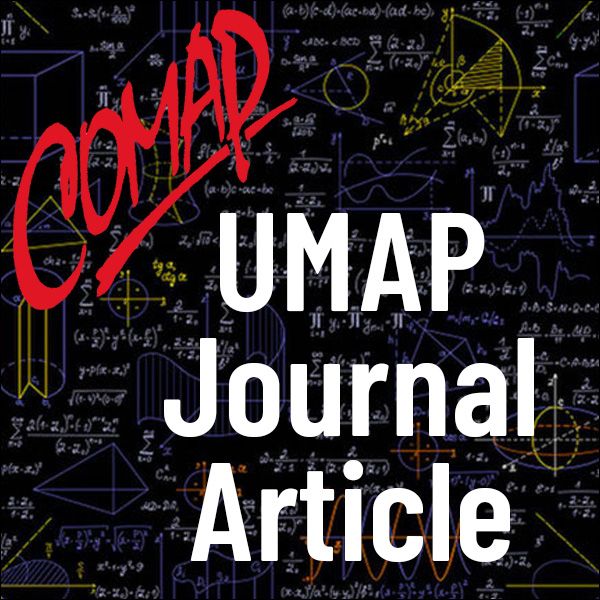Three Applications of Combinatorics to Problems in Immunology (UMAP)
Author: C. Pennell, S. Rasmussen and S. Pennell
In this paper we present three examples illustrating the use of combinatorics in computing probabilities relevant to the interpretation of data from immunological experiments. We first show that the probability of 5 or fewer different genes being expressed by 10 lymphomas, given that the size of the gene repertoire is 100 and assuming that each gene is equally likely to appear in any lymphoma, is less than 4 x 10^-6. This strongly suggests that not all genes are equally likely to appear, and it supports the conjecture that the lymphomas under consideration can express only a subset of the full gene repertoire. Next, we compute the probability of a single gene's being expressed 5 or more times by 54 hybridomas, given that the size of the gene repertoire is 100 and assuming that each gene is equally likely to appear in any hybridoma. The computed value of 0.02 indicates that the hybridomas under consideration do not express all genes in the repertoire with equal probability. FInally, we estimate the size of a B-cell population to be at least 19, assuming that the observed independence of 10 hybridomas is not significant.
Table of Contents:
INTRODUCTION
NONUNIFORM GENE EXPRESSION AMONG B-CELL LYMPHOMAS
NONUNIFORM GENE EXPRESSION AMONG B-1 CELLS
ESTIMATING THE SIZE OF A B-CELL POPULATION
SUMMARY
REFERENCES
ACKNOWLEDGMENTS
ABOUT THE AUTHORS

Mathematics Topics:
Application Areas:
You must have a Full Membership to download this resource.
If you're already a member, login here.